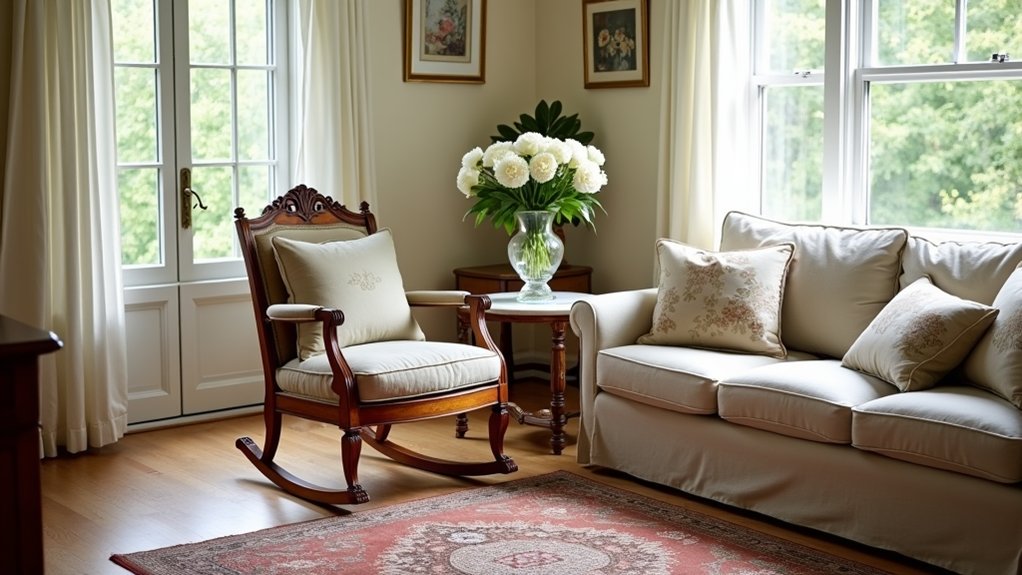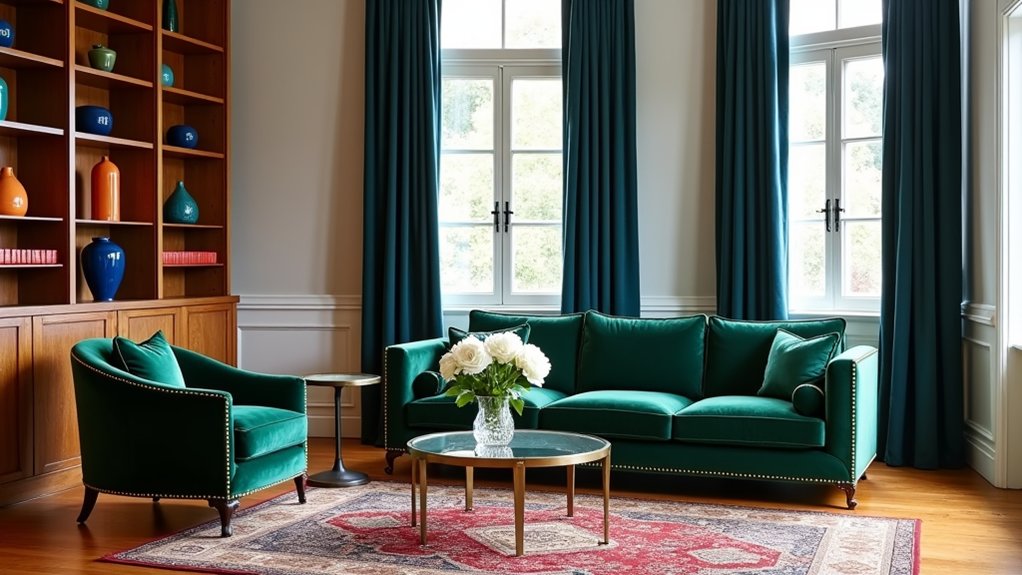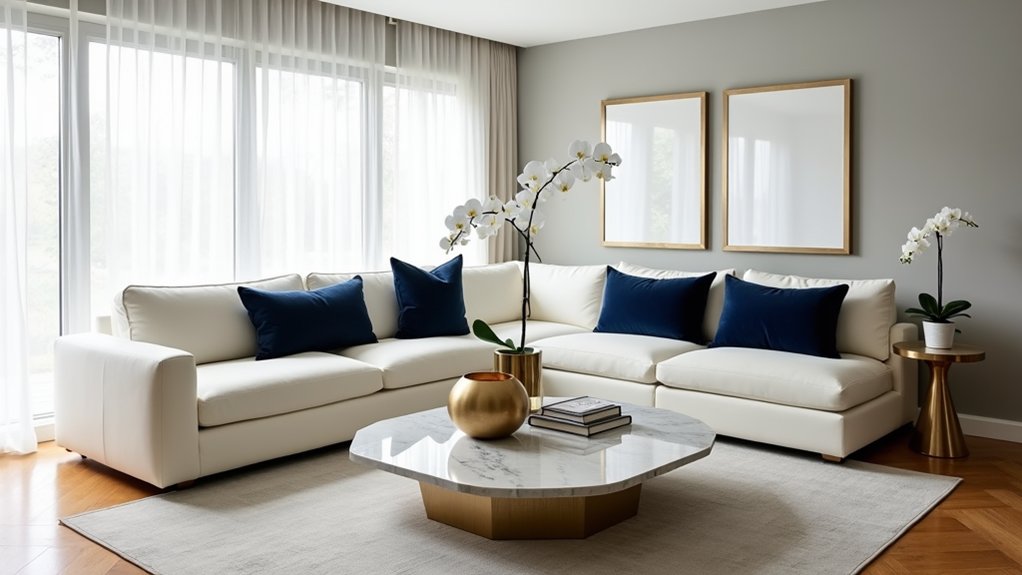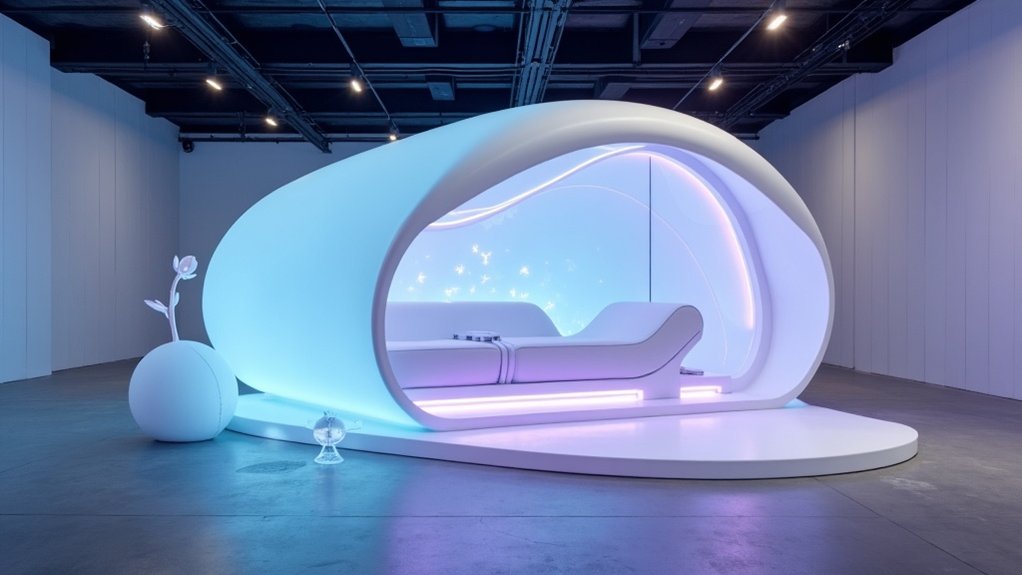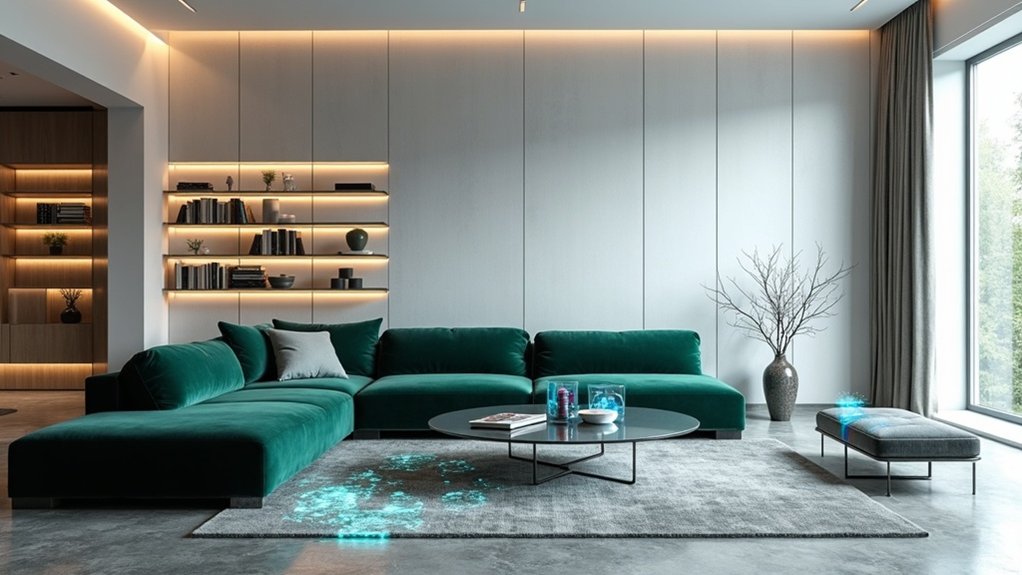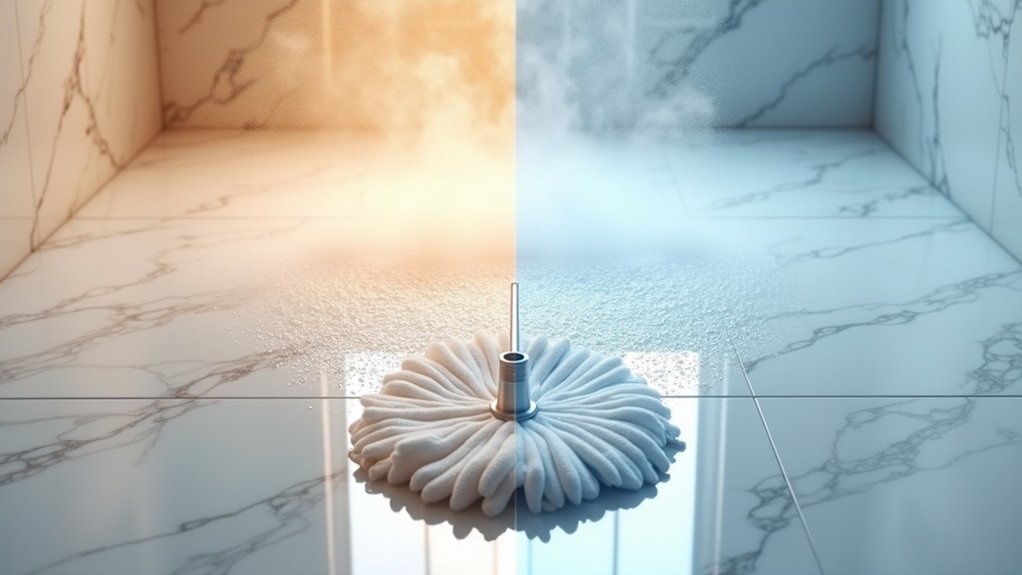When professional interior designers transform empty rooms into unified living spaces, they rely on seven fundamental principles that serve as the foundation of their craft. These time-tested guidelines, often passed down through generations of design professionals, create the framework for every successful interior transformation.
Balance stands as the cornerstone principle, requiring designers to distribute visual weight throughout a space with mathematical precision. This involves analyzing the line, shape, color, and texture of each object to achieve stability. “My mother taught me to view rooms like a scale,” explains veteran designer Sarah Chen, “where every piece of furniture and decorative object must counterbalance another to prevent visual tipping.”
Every room is a scale where furniture and objects must counterbalance to prevent visual tipping.
This careful orchestration extends beyond mere furniture placement, encompassing the subtle interplay between light and shadow, empty and occupied spaces. Designers often employ formal balance to create symmetrical arrangements that mirror each side of a room, particularly effective in traditional and classic interiors.
Working in tandem with balance, harmony ensures all elements speak the same design language throughout interconnected spaces. This principle demands consistency in material choices, color palettes, and stylistic approaches. Professional designers understand that cohesive themes must extend throughout an entire project, making random decisions feel interdependent and purposeful.
Rhythm then introduces movement, creating visual patterns that guide visitors through spaces naturally. Whether achieved through repeated architectural elements or strategically placed accessories, rhythm connects different areas within open floor plans, establishing flow that feels both intentional and effortless.
Proportion and scale govern the size relationships between objects, preventing the common mistake of oversized furniture in modest rooms or diminutive pieces lost in grand spaces. These principles guarantee each element fits appropriately within its context, creating visual harmony through correct sizing relationships that extend from individual accessories to entire room compositions.
Emphasis and contrast work together to prevent design monotony. While emphasis creates focal points that direct attention to specific features, contrast provides the visual interest necessary to keep spaces dynamic. This might appear through opposing textures, complementary colors, or contrasting styles that create productive tension without chaos.
Beyond aesthetics, functionality remains paramount. Every design decision must serve practical purposes, with details refining and completing the overall concept.
Commercial spaces particularly demand this flexibility, requiring designs that adapt to changing needs while maintaining visual coherence. Professional certification validates designers’ mastery of these fundamental principles, confirming their competency in creating spaces that balance beauty with purpose.
